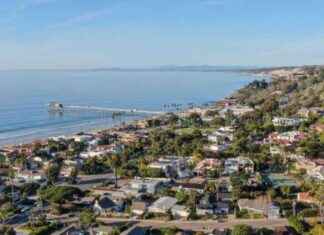* The author is part of the community of readers of La Vanguardia
In La Vanguardia Readers’ Photos we have visited the Santa Llúcia de Morella aqueduct, in Castellón, also known as the Royal Séquia.
This infrastructure has survived to this day as an example of a Valencian Gothic style hydraulic infrastructure built between the 13th and 14th centuries.
It is an aqueduct that allowed the arrival of water from the aquifer of the Vinatxos fountain to the Plaza de La Font, in the urban center of Morella, where the cistern is located.
In 1273, James I donated the spring of the Vinatxos fountain to supply water to the city of Morella, which until then only had Avellanar and El Romeu, and Bassa del Poll and Bassa del Prat. within the urban core.
Later, in 1315, James II authorized the Consell de Morella to build an aqueduct that would carry the water from the Vinatxos spring to the Pla de Sant Llàcer (or Santa Llúcia). It was not until 1338 when the current succession of arches was built and, in 1359, it was possible for the water to reach Pla del Sol (today Font Vella).
One of the elements that attracts the most attention is that, along the route of the aqueduct, the structural solution adapts to the topography.
In this way, where the contour lines allow it, the work rests directly on the ground, creating a large masonry channeling that is the tunnels. On the contrary, when it is necessary to bridge a valley, large arch structures are built over which the channeling continues.








